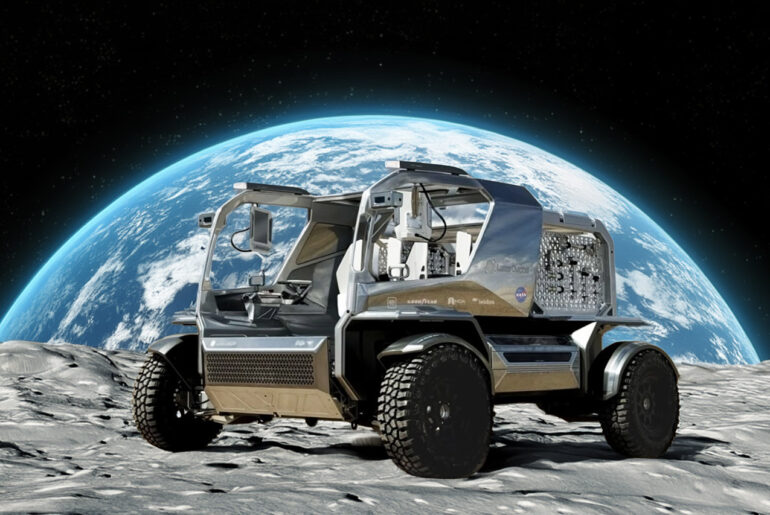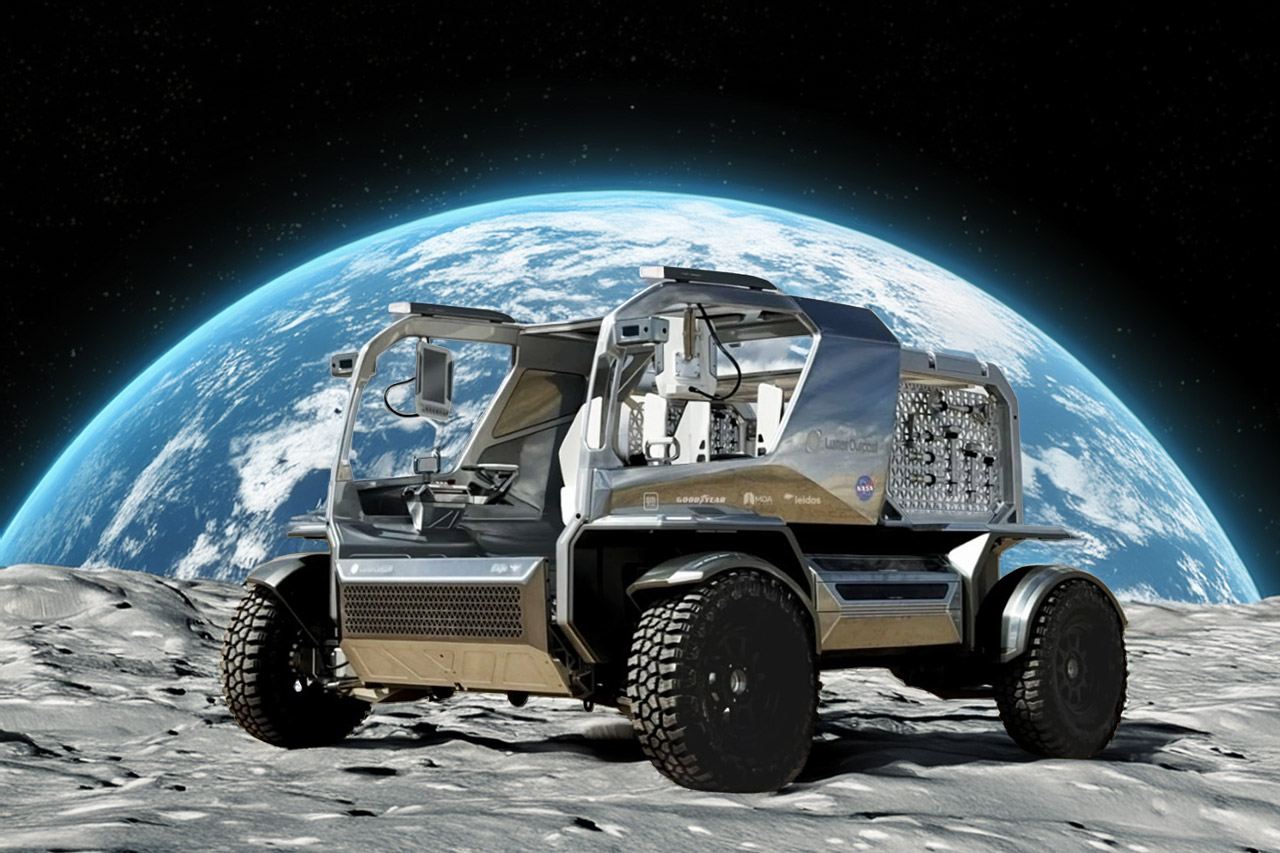
Fifty years after astronauts bounced around the lunar surface in a stripped-down electric cart, General Motors is back with a rover that’s more like a reliable pickup truck than a one-time toy. The Lunar Terrain Vehicle, or LTV, is developed by a team led by Lunar Outpost, with General Motors handling the battery pack, frame and smarts for standing upright on uneven ground. This vehicle is for NASA’s Artemis missions which will deliver humans to the South Pole starting around 2030.
Back in 1971 the Apollo 15 crew unfolded their rover and drove 17 miles on the first day, a long way from the short walks of previous landings. That machine ran on disposable batteries that couldn’t be recharged, limiting its overall range to around 57 miles before it died. GM contributed to the development of the first wheels and motors but the technology quickly reached its limits in the cold vacuum. Today’s LTV turns the script upside down. Its rechargeable system has 19,000 miles over 10 years, enough to traverse craters and haul gear without ever needing a tow from Earth.
- Build a realistic LEGO Technic lunar rover model – This LRV building kit for adults is packed with authentic details including seats, steering,...
- NASA model for adults – Enjoy a mindful project assembling all the details of the rover and equipment including the battery pack, heating and...
- A build for NASA fans – Remember the Apollo 17 mission with a display that features the lunar roving vehicle alongside 3 detailed equipment...
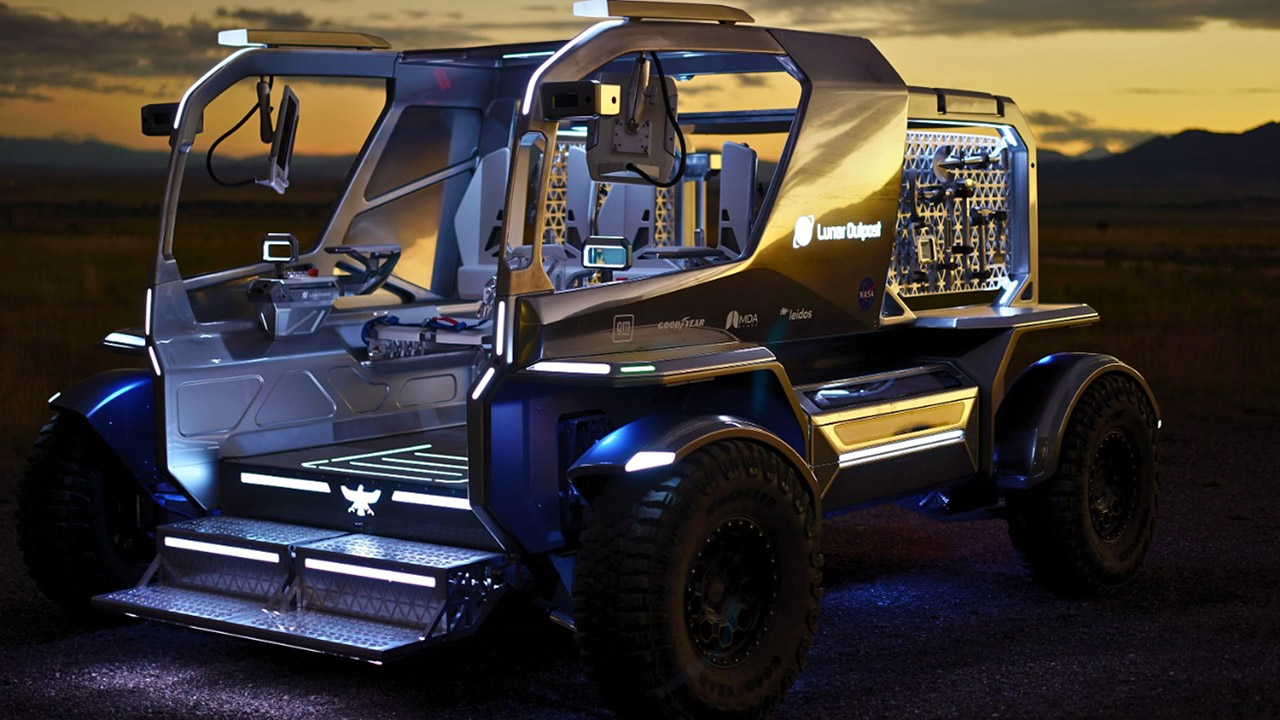
GM engineers pulled directly from their electric truck portfolio for the power source. The batteries core ingredient is a combination of nickel, cobalt, manganese and aluminum, the same stuff that keeps a Hummer EV moving through mud down here. Those cells are packed directly into the vehicle’s structure, lowering the weight down low to the ground for stable control when gravity is only one-sixth of Earth’s pull. There are no new formulas here, just proven chemistry hardened for space, with extra layers of cushioning to protect against temperature changes.
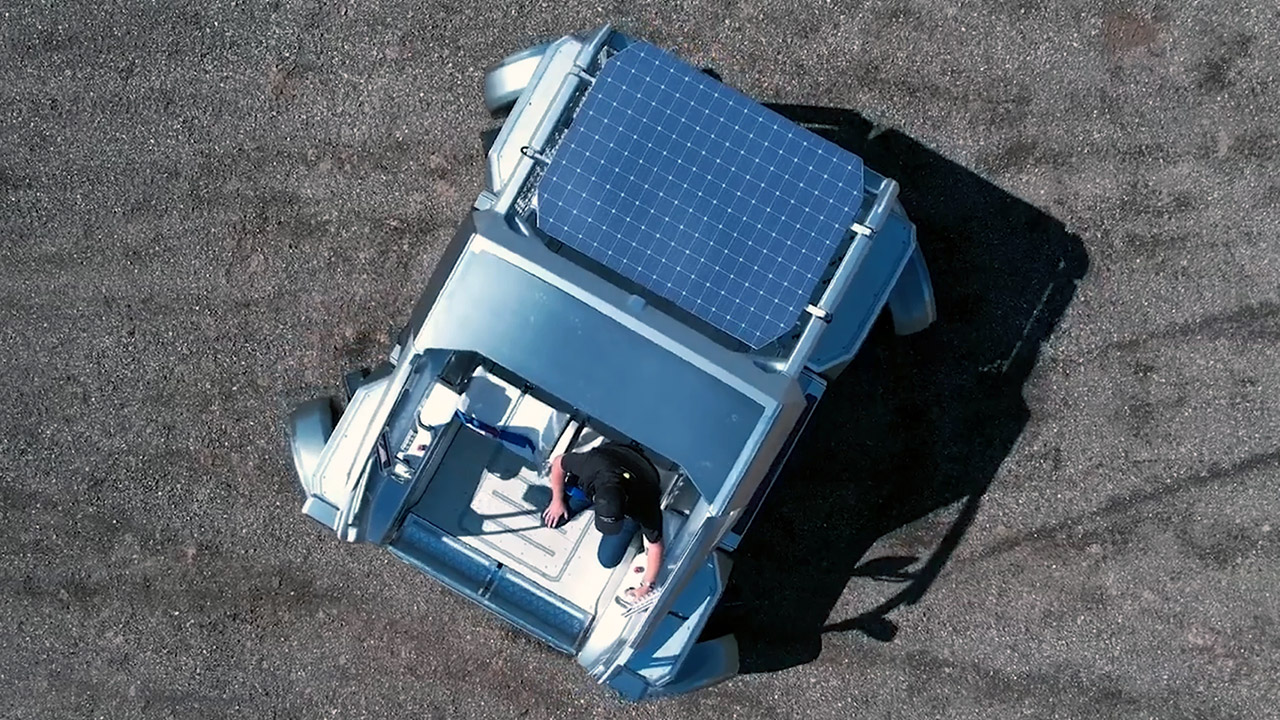
Lunar days burn everything under a relentless heat, but the real test comes at night when shadows last for two weeks and the temperature drops to 334 degrees below zero. The LTV’s batteries fight back with built-in heaters that turn on to keep everything warm inside, as well as substantial insulation that keeps out the cold. If one cell fails – and there are no spare parts – it’s not a disaster. The whole pack continues to run, rerouting power like a pothole detour. Reliability like that starts in the manufacturing where lasers seal every joint and fast heat scans detect any weak points before launch.
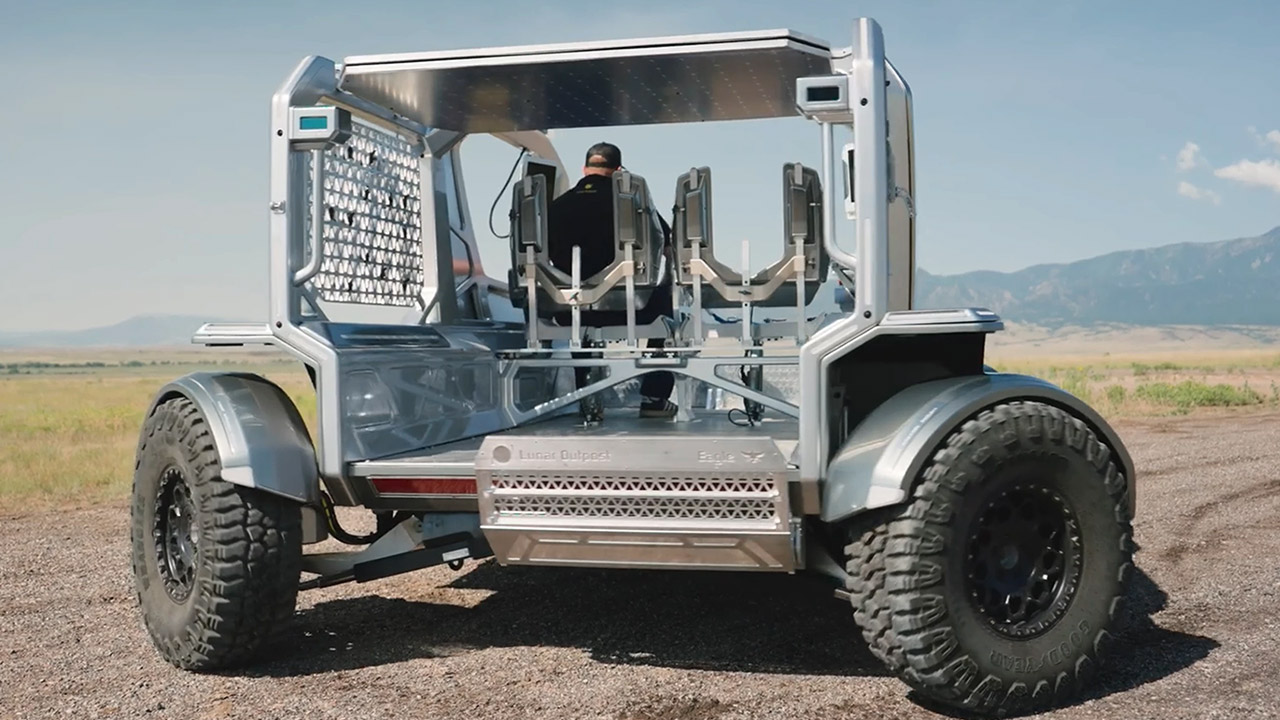
This rover has four motors, one for each wheel, and can go places off-roaders dream of. The design is from GM’s heavy duty trucks and allows it to crab sideways for tight spaces or spin in place without moving forward. Top speed is 15mph but most crews will cruise at under 9mph relying on traction on the dust that’s like beach sand beneath them. Sensors all around – lasers for mapping, radars for finding rocks and cameras for fine details – feed into self contained controls. Astronauts in heavy suits climb aboard via a folding front step but the vehicle takes over the wheel or at least the joystick and people can scan the horizon instead of sweat the steering.
Autonomy goes beyond just drives; when crews get back to the lander the LTV will go off on its own to explore new routes and create a network of safe paths across the regolith. Using GM’s highway technology it’s like having a self driving scout that learns the lay of the land one pass at a time. That mapping pays off on longer trips and turns raw topographical data into smooth cruises for the next team. And since the rover is parked near base camp it’s always ready – no long trips from orbit, just quick stops to collect samples or scout ice in shadowed craters.
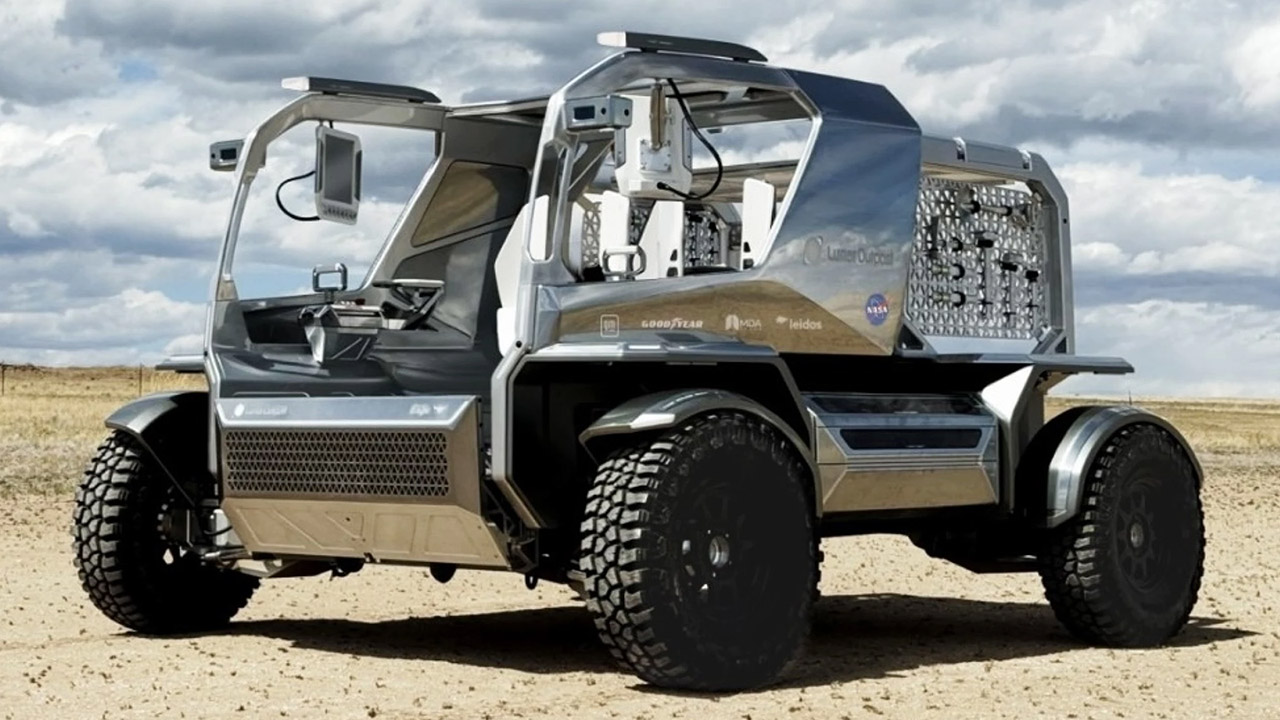
NASA has three firms bidding on the contract but Lunar Outpost’s entry stands out with GM’s backing. A decision could come any day now and then these prototypes will be put to the test. Besides the open air buggy plans call for a sealed version in the future so astronauts can spread out for multi day trips without having to leave the vehicle. NASA’s budget just got a 7 billion dollar boost for the moon and Mars so these rovers will be the foundation of a permanent human presence there.
[Source]

